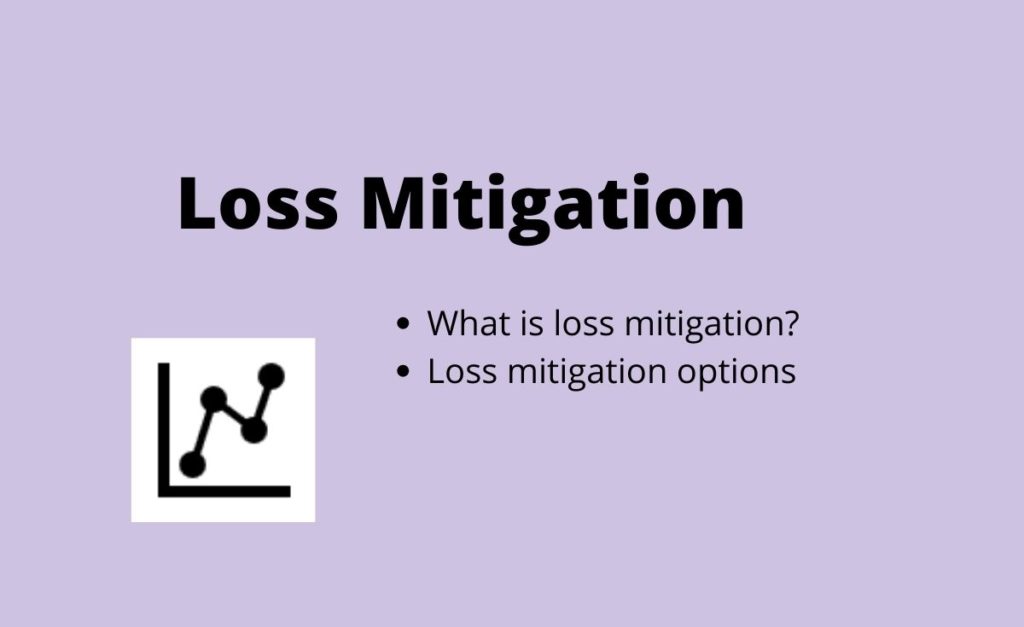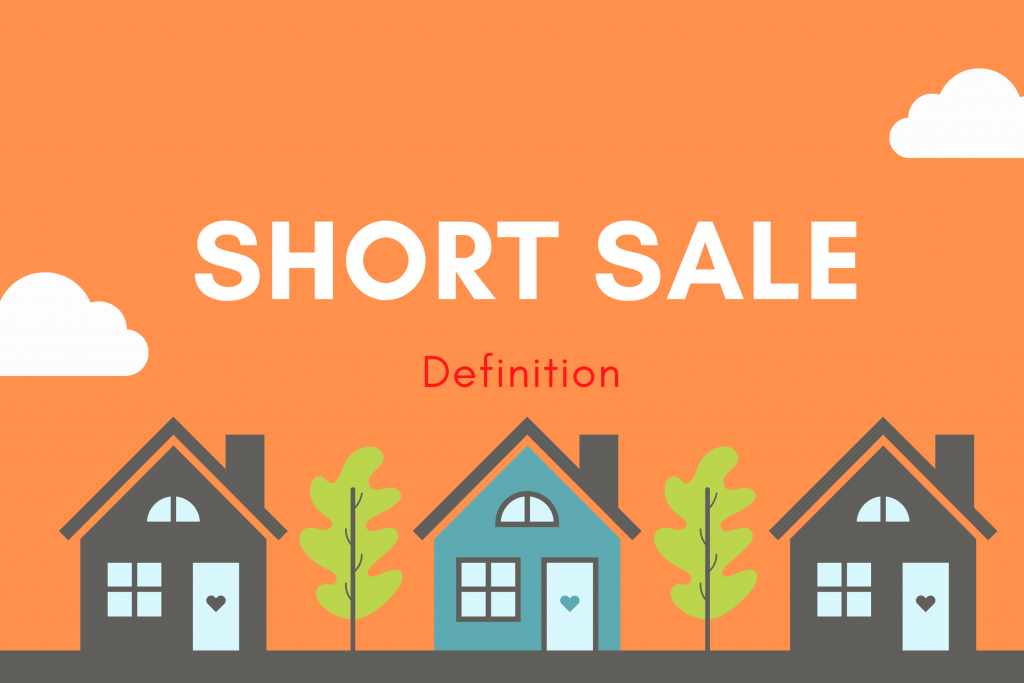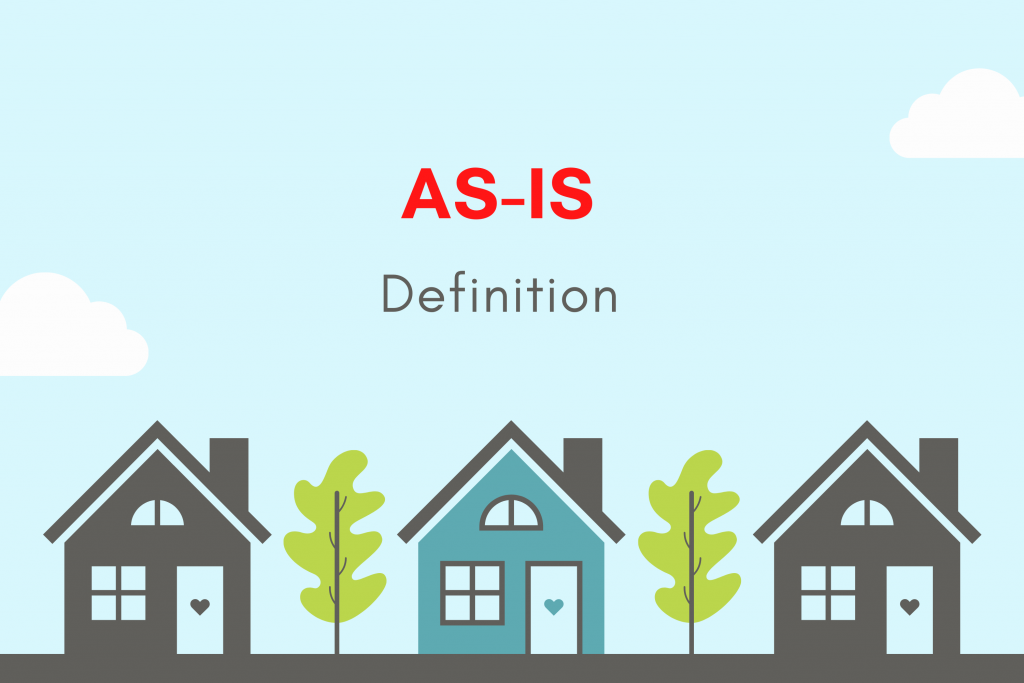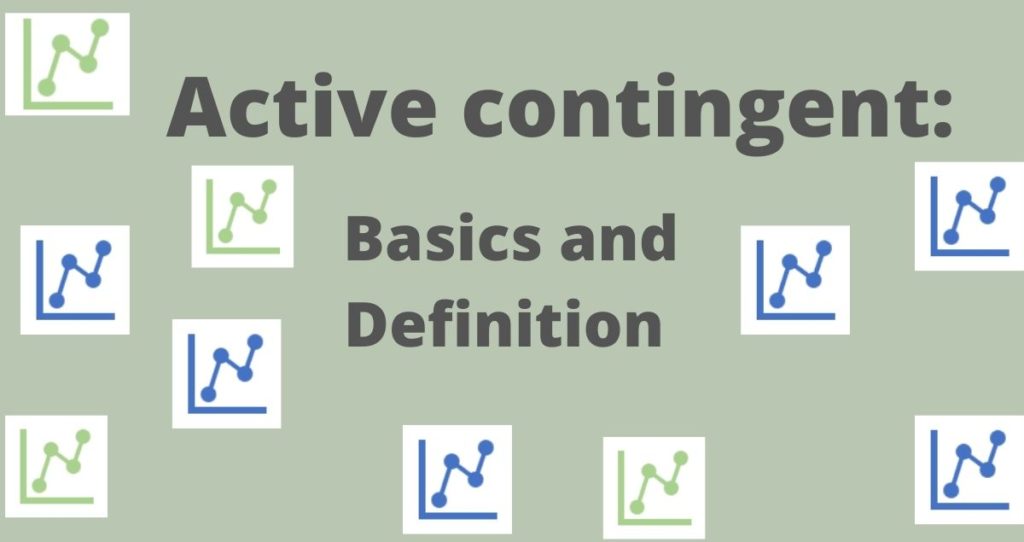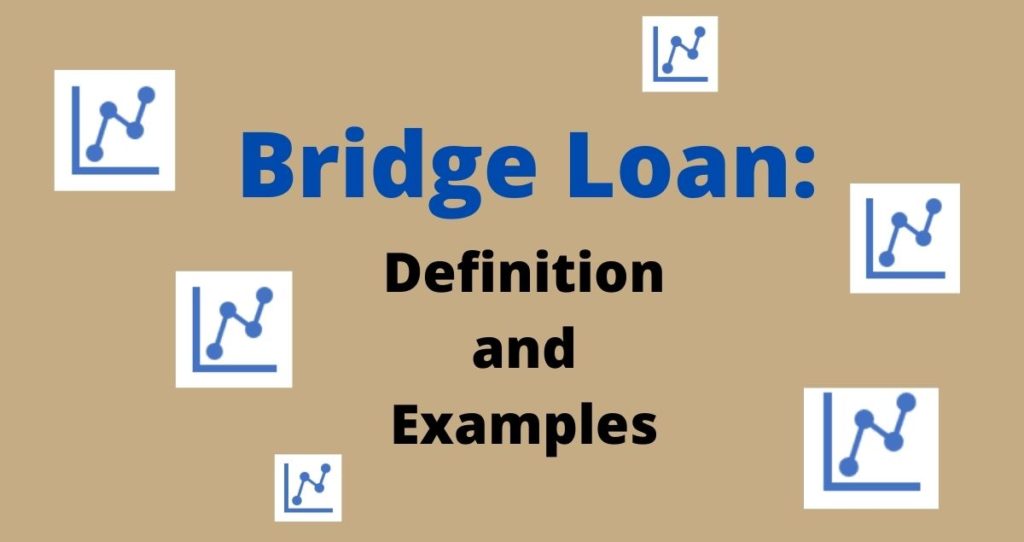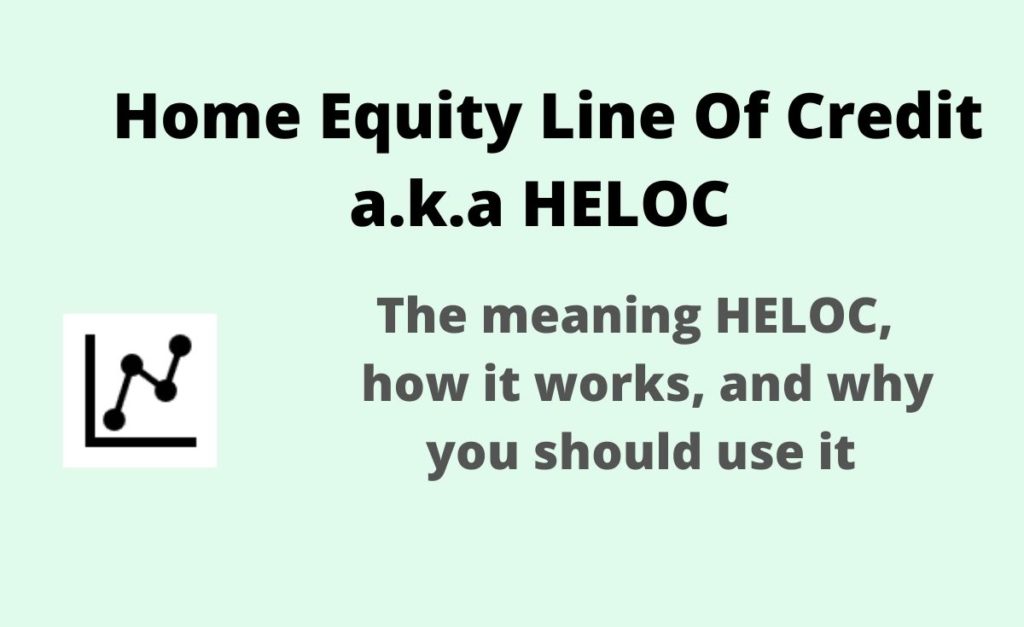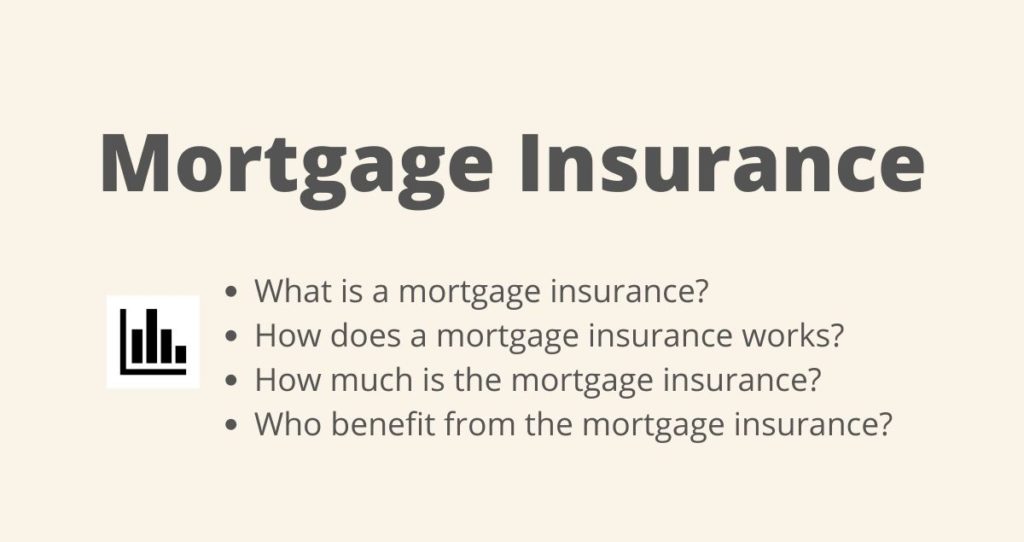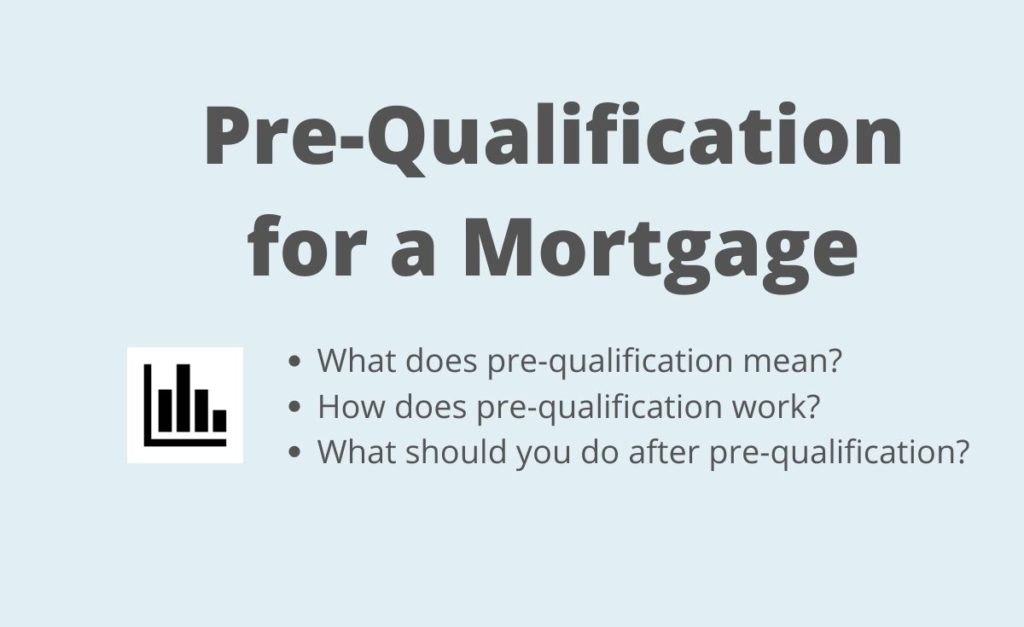What does loss mitigation mean?
Loss mitigation is the process that involves the borrower and the moneylender in an effort to avoid foreclosure. This process is undertaken when borrowers of money can no longer meet their payment requirements.
Not every borrower keeps his/her financial obligations promises when it comes to loans and mortgages. For example, financial issues or medical expenses can occur out of nowhere and affect the income or put a huge financial burden on the borrower’s finances. This can make it really difficult for the borrower to make mortgage payments which could result in foreclosure.
The lender is required to help struggling borrowers to reduce the losses related to the loan. As noted by Nolo, the federal law passed in 2014 requires loan servicers to protect borrowers by participating in the loss mitigation process.
The lender must help homeowners on the following elements.
- Give assistance to borrowers when they are struggling
- Ensure the protection of borrowers against wrong actions or services done by the lender
Loss mitigation options
According to the Consumer Financial Protection Bureau (CFPB), the following are the loss mitigation options available for borrowers.
- Forbearance
- Short sale: The lender will let you sell the house and use the money to repay the loan.
- Loan modification: With the agreement between the lender and borrower, the terms of the loan can be modified. Since the borrower is having a hardship, the modification will most likely work in the borrower’s favor.
- Loan repayment plan: This is where the lender works with the borrower to come up with loan repayment structures that are easy to meet. For example, if a business is having difficulties in paying the loan due to delayed prepaid inventory; the lender can let the business make fewer payments for a few months and catch up after selling the inventory.
- Deed-in-lieu of foreclosure
